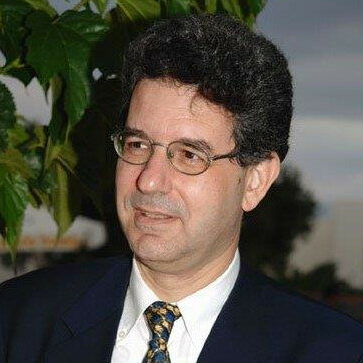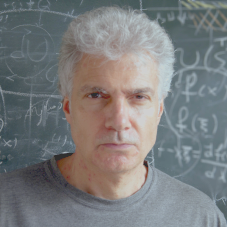Course Details
Molecular Simulation of MaterialsMolecular Simulation of Materials
Spring Semester
Nowadays, modeling and computer simulation at the molecular, mesoscopic, and macroscopic levels constitute valuable tools for understanding structure-property-processing-performance relations in materials and designing products that fulfil specific application requirements. Starting from this realisation, the primary aims of the course are:
- To familiarise students with the principles of statistical mechanics of systems in and away from thermodynamic equilibrium.
- To set guidelines for the development of microscopic amd mesoscopic models of materials and their use towards theoretical analysis and computer simulation of these materials.
- To provide an understanding of the basic principles and applications of stochastic (mainly Monte Carlo) and deterministic (mainly molecular dynamics) methods of computational simulation for the prediction of properties of materials from their chemical constitution.
- To introduce students to multiscale modelling strategies for addressing long length and time scales in real-life materials.
- To train students in computational methods for characterising structure and mobility of materials, in validating these methods against experiment, and in using them for the interpretation of experimental measurements.



